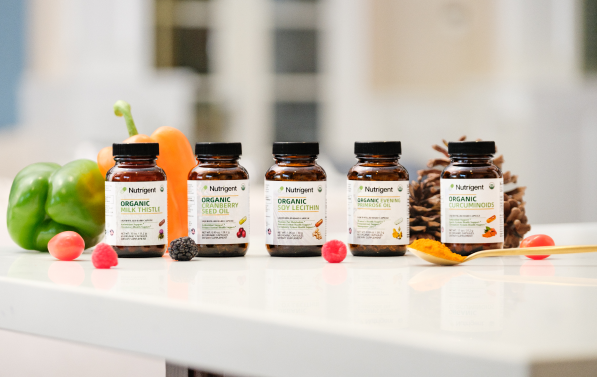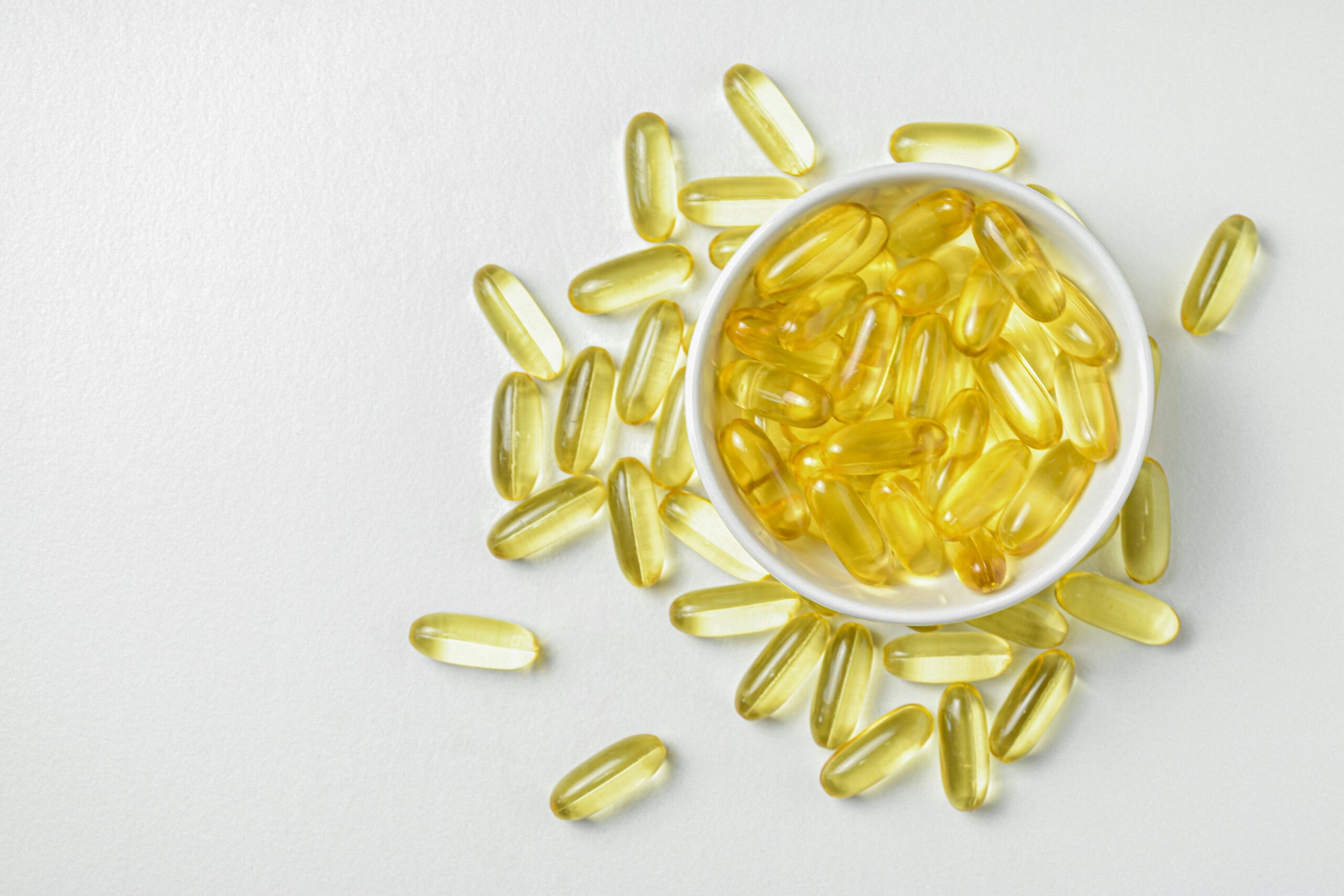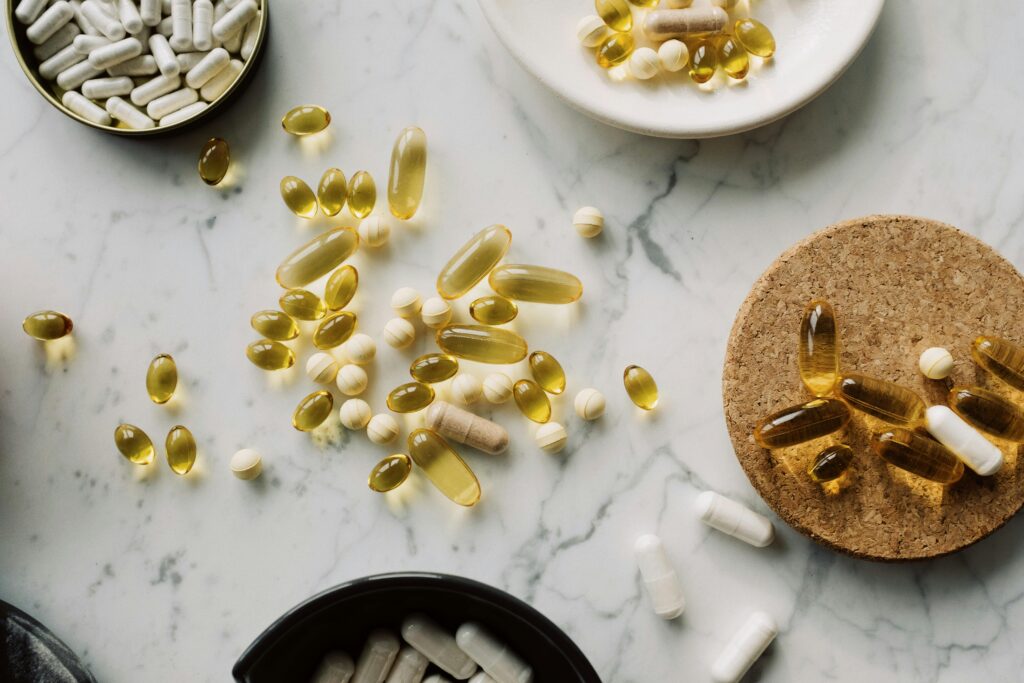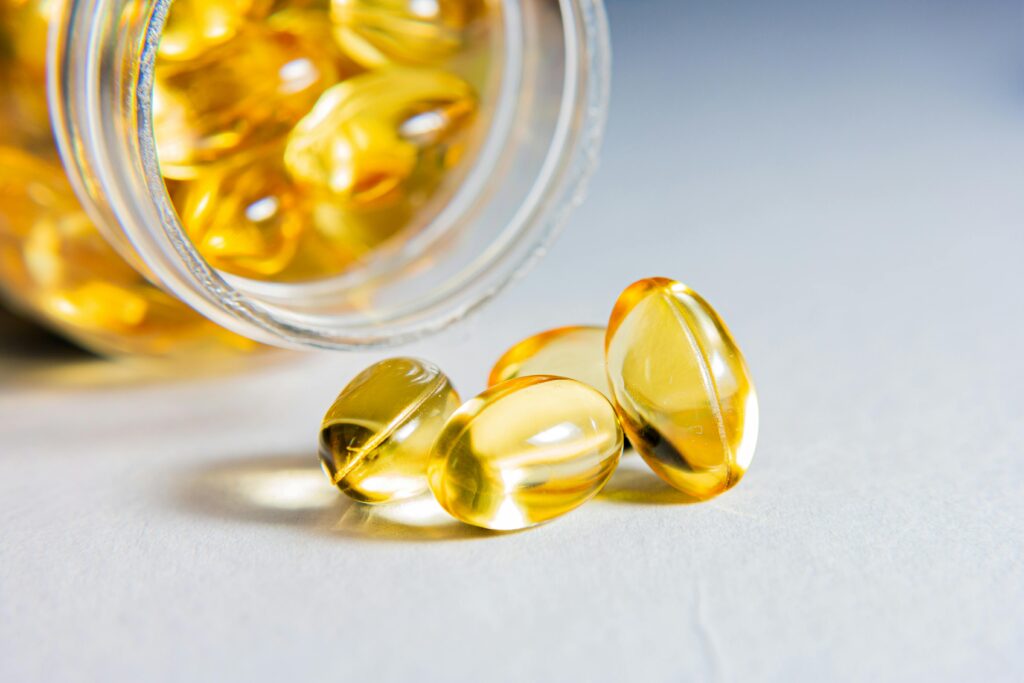Free Ship Over $75
15% OFF First Order
-
Shop
NEW & NEATURED
SHOP BY HEALTH BENEFITS
-
About Us
-
Shop
NEW & NEATURED
SHOP BY HEALTH BENEFITS

-
About Us
Free Ship Over $75
15% OFF First Order


Soft gelatin capsules refer to dosage forms in which a specified amount of liquid pharmaceutical ingredients are directly sealed, or solid pharmaceutical ingredients are dissolved or dispersed in appropriate excipients to form a solution, suspension, emulsion, or semi-solid, which is then sealed in soft gelatin shells. Soft capsules can be prepared by either the drop method or the compression method. The soft shell is typically made from gelatin, glycerin, or other suitable excipients, either individually or in combination. In terms of the preparation process, soft capsules can directly encapsulate liquid drugs or dissolve or disperse solid drugs in appropriate diluents to prepare solutions, suspensions, or emulsions, and then encapsulate them. The diluents can be hydrophilic (e.g., polyethylene glycol [PEG]) or lipophilic (e.g., soybean oil), or they can be a mixture of both oil and water components. For some drugs that need to act in the intestines, further enteric coating can be applied to produce enteric soft capsules.

The traditional soft gelatin capsule shell is primarily composed of gelatin, plasticizers (mainly glycerin), and water. Suitable colorants and/or light-blocking agents can be added to enhance capsule recognition and improve the stability of light-sensitive drugs. Depending on the product requirements, flavor masking agents and preservatives may also be added.
Common excipients used in soft capsule fillings include:
·Diluents: These are dispersing matrices or solvents, classified as either oil-based or water-based. Common oil-based diluents include soybean oil, peanut oil, sesame oil, and medium-chain triglycerides (MCT). PEG 400 is a common water-based diluent.
·Co-solvents: To improve the solubility of solid drugs, co-solvents may be added. Common co-solvents include glycerin, propylene glycol, triethyl citrate, and polyvinylpyrrolidone (PVP), which also has solubilizing properties.
·Wetting agents and suspending agents: When solid APIs are mixed with diluents, achieving a good suspension may sometimes be difficult. Wetting agents are added to alter the interfacial tension between the API and the solution to promote dispersion and dissolution. Wetting agents are typically surfactants. Suspending agents are excipients that increase the viscosity of the diluent. When used together, wetting agents and suspending agents significantly improve the suspension effect and stability of the fill material.
·Antioxidants: When PEG is used as the matrix, antioxidants are usually added to prevent the formation of aldehydes, reducing the risk of delayed disintegration of the soft capsule. Unsaturated fatty acids in oils are also highly prone to oxidation, which can affect capsule disintegration. Antioxidants can be added to protect the drug from oxidation during storage, production, and shelf life, improving stability and ensuring product quality.
·Mixing the Ingredients: Gelatin, glycerin, water, and other excipients are mixed in specified proportions and heated to dissolve, forming a gel-like liquid. The drug and excipients are mixed evenly to ensure uniform distribution of the drug.
·Encapsulation: Using a soft capsule encapsulation machine, the gel-like liquid and the fill material are simultaneously injected into molds to form capsules. Temperature, pressure, and speed are carefully controlled to ensure uniformity in capsule shape and thickness.
·Shaping: After compression, the capsules are cooled or dried to achieve initial shaping, preventing deformation.
·Washing: Soft capsules are typically cleaned using 95% ethanol, although volatile oils can also be used as lubricants. Absorbent cloths are added to the tumbler to wipe off any surface oil and remove residual gel and impurities.
·Drying: After washing, the capsules are dried in a controlled temperature and humidity environment to ensure the stability and hardness of the capsule shells.
·Inspection and Packaging: Capsules are inspected for appearance, weight, and seal integrity, with defective capsules discarded. Qualified capsules are then packaged according to specifications, typically using aluminum-plastic blister packs or bottles, with relevant information labeled.

Soft gelatin capsules typically contain liquid or semi-solid fill materials, which allow for the rapid release of active ingredients after administration, leading to faster absorption. The soft capsule shell has excellent sealing properties, which effectively prevent the drug from moisture, oxidation, or evaporation, thereby prolonging its shelf life and enhancing stability. Light-blocking agents (such as titanium dioxide) can be incorporated into the shell to prevent drug degradation due to light, and the shell can also mask unpleasant odors, improving patient compliance. Compared to other dosage forms, tablets and powder-filled hard capsules are less expensive and more stable but usually have lower absorption rates and bioavailability than soft capsules. Although liquid-filled hard capsules also contain liquid fill materials and have faster absorption rates, their shells (around 0.1mm thick) are thinner than those of soft capsules (0.7-0.9mm), allowing for faster disintegration, which enhances absorption. Generally, liquid-filled hard capsules have higher bioavailability. Soft capsules often contain glycerin and other plasticizers, which are highly hygroscopic and may cause moisture migration in the shell, affecting stability and disintegration. Liquid-filled hard capsules, on the other hand, do not contain plasticizers like glycerin, resulting in better capsule stability and disintegration.
Soft capsules are generally made from gelatin, a biodegradable material, which minimizes environmental impact. Soft capsules also seal the drug inside the shell, reducing the generation of drug dust during production and decreasing environmental pollution. For volatile drug ingredients, the sealing effect of soft capsules can effectively reduce evaporation, further reducing environmental impact. However, the use of gelatin, which is often derived from animals, raises concerns regarding animal welfare and ethical issues. Additionally, the production of soft capsules requires significant amounts of lubricants, which may cause contamination of equipment and products, requiring extensive cleaning. The manufacturing process also generates oil waste and conveyor belt waste, which can be harmful to the environment.
The shell of soft gelatin capsules is most commonly made from gelatin, which undergoes complex chemical processing such as alkali, acid, or enzymatic treatments. These processes, involving chemical reagents and high temperatures for extended periods, make gelatin difficult to meet organic certification standards. Even if organic-certified animal-derived materials are used, the production process still involves chemical treatments, making it challenging to obtain organic certification. Moreover, the excipients required for soft capsule formulations, including glycerin, preservatives, antioxidants, wetting agents, suspending agents, diluents, and co-solvents, are difficult to source entirely from natural or organic materials, reducing the feasibility of creating fully organic products.

Soft gelatin capsules commonly include excipients such as plasticizers, preservatives, antioxidants, wetting agents, suspending agents, diluents, and co-solvents. The manufacturing process involves mixing, encapsulating, shaping, washing, drying, and inspecting the capsules. This dosage form allows for the rapid release and absorption of drug components. The capsule shell’s sealing properties prevent moisture, oxidation, and evaporation, improving stability and prolonging shelf life. Compared to other dosage forms, soft capsules generally have higher absorption rates and bioavailability than tablets or powder-filled hard capsules, but lower bioavailability and slower disintegration than liquid-filled hard capsules. In terms of environmental health and safety, soft capsule production generates more lubricant waste and oil pollution, potentially affecting the environment and requiring extensive cleaning procedures. Additionally, the gelatin shell complicates the production of fully organic products.
Customer Support: If you have any questions or need assistance, please contact our customer service team info@nutrigent.us. Our service hours are Monday to Friday, 9:00 AM to 5:00 PM.
DISCLAIMER: *These statements and any claims made about specific products on or through this site have not been evaluated by the Food and Drug Administration and are not intended to diagnose, treat, cure, or prevent any disease. This site is not intended to provide diagnosis, treatment, or medical advice, and all content provided is for informational purposes only.*